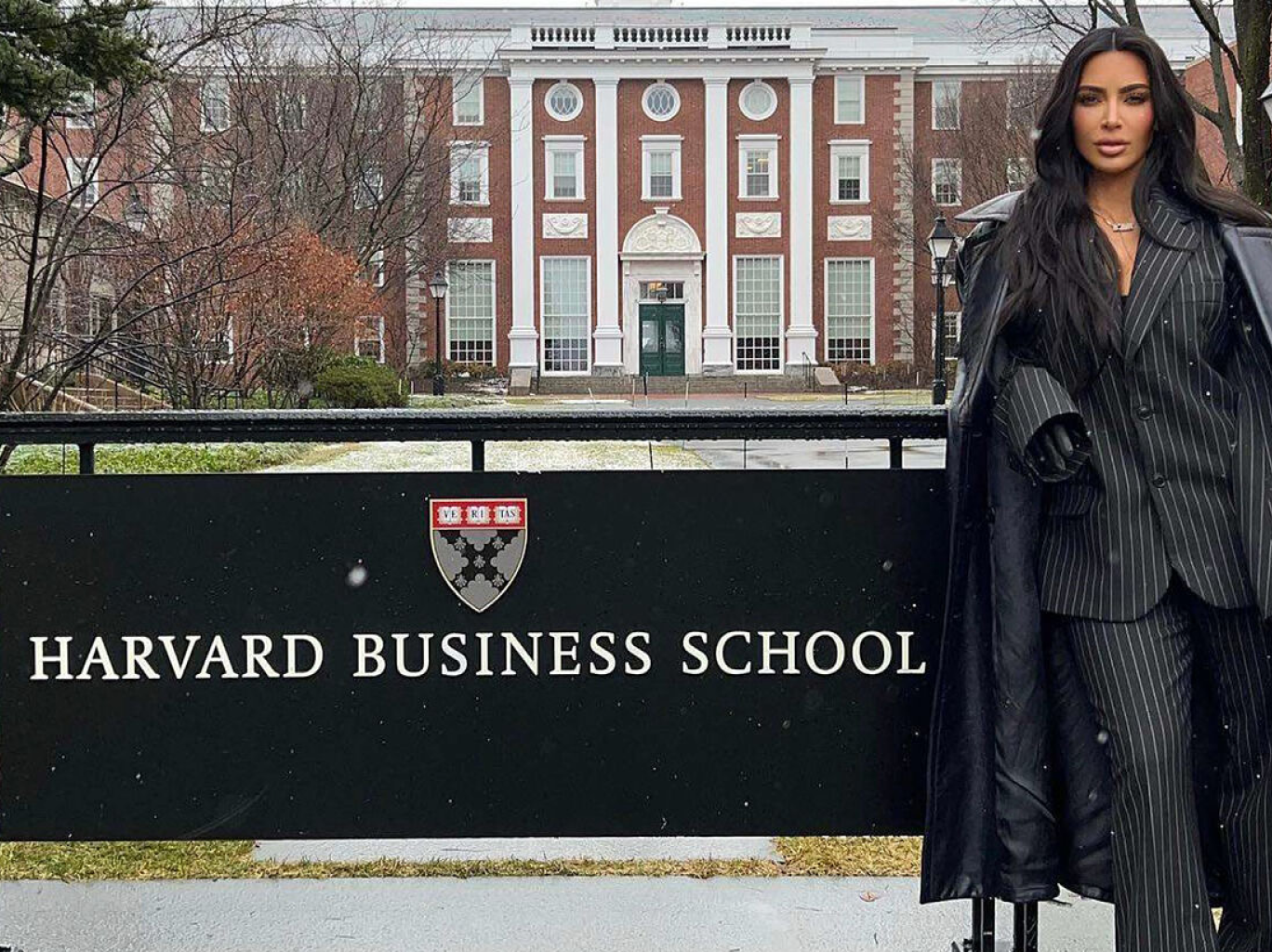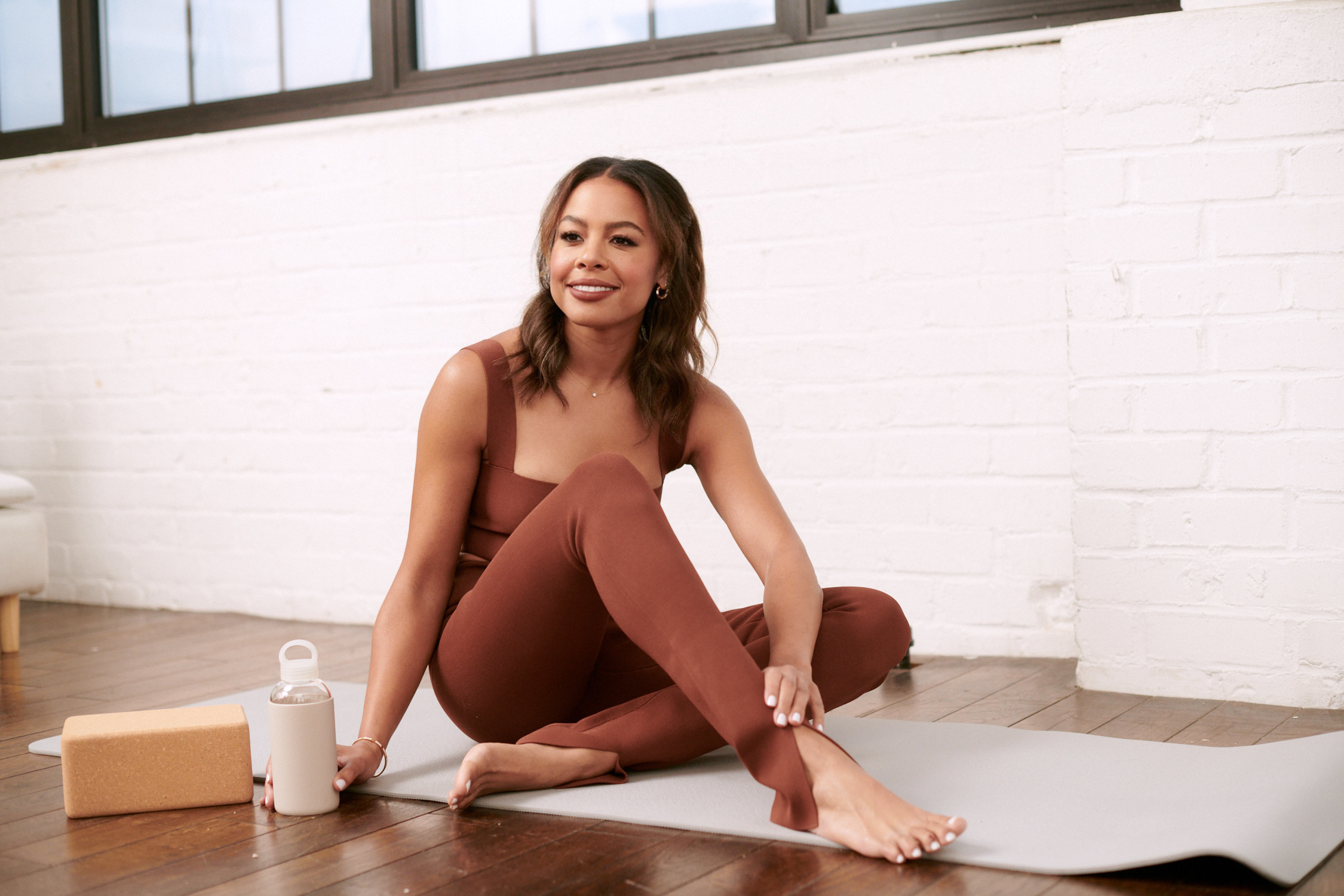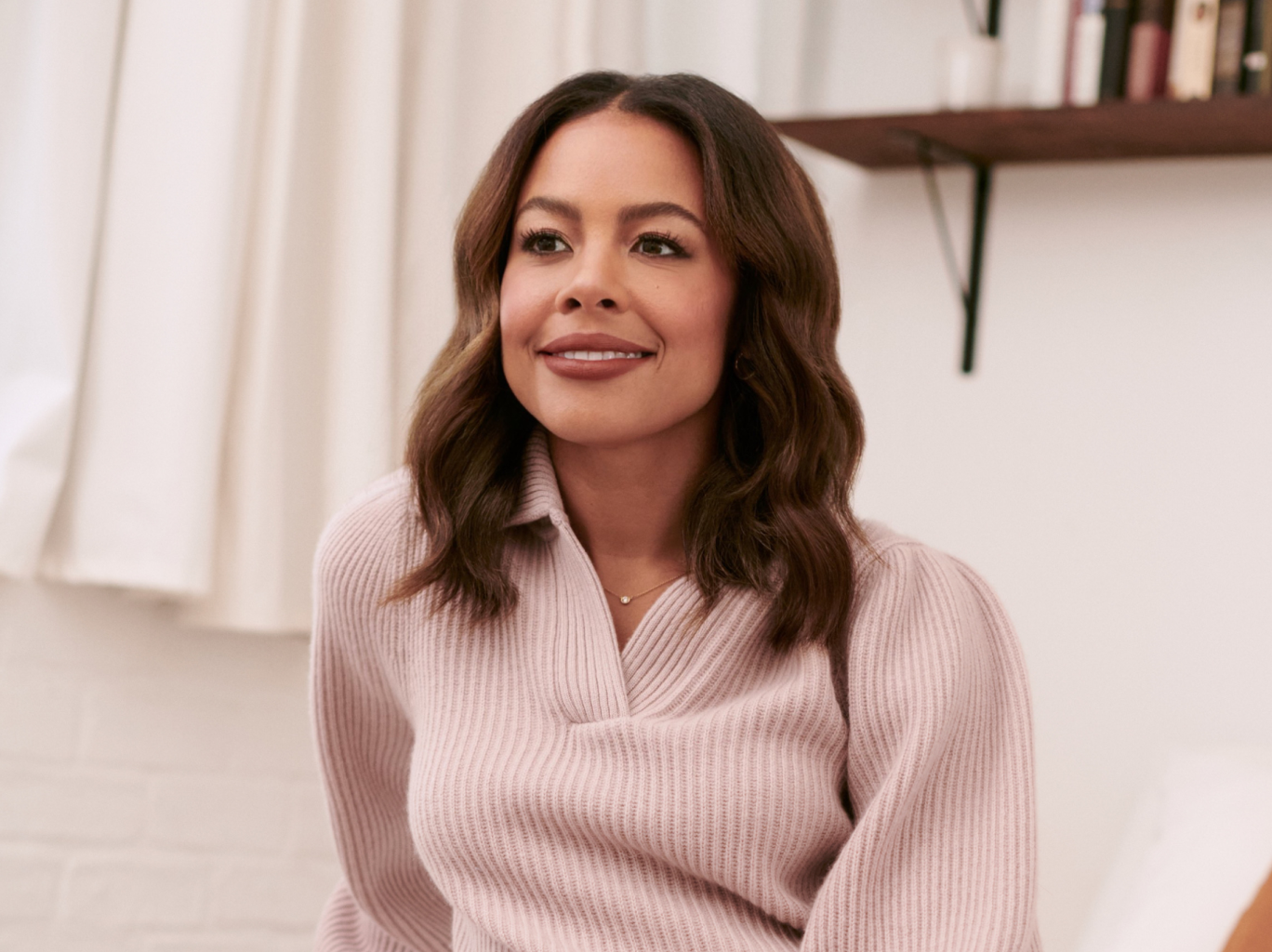The Hailey Bieber Playbook: How Rhode Scaled to $1B in 2 Years — and What Founders Can Do With That Blueprint

Written By The Makers Mindset Team
Breaking news: E.l.f. Beauty just acquired Hailey Bieber’s skincare brand Rhode in a $1 billion deal.
Rhode, launched just two years ago, generated $212 million in net sales in the 12 months ending March 31 — all via DTC. With plans to launch in Sephora later this year, it’s now stepping into retail with momentum and valuation on its side.
Here’s the structure of the deal:
- $600M in cash
- $200M in e.l.f. common stock
- $200M earnout based on performance over 3 years
- Hailey will remain Rhode’s Chief Creative Officer and Head of Innovation — and serve as a Strategic Advisor to the combined companies.
So what actually made Rhode a billion-dollar brand? Let’s get into it.
Step 1: Build a Brand World — Not Just a Product Line
Rhode’s identity is clear: cool, clinical, and minimalist — from the packaging to the photoshoots to the website. Everything feels part of a tightly edited mood board.
Founder Takeaway:
- Your brand should feel like a world people want to live in.
- Every detail (font, finish, formula, feed) should support that vision.
Ask yourself: Could someone recognize your brand with the logo removed?
Step 2: Start Small. Launch Big.
Rhode didn’t debut with 10+ SKUs. It launched with three, each with strong positioning and hype: the Peptide Glazing Fluid became a hero product almost instantly. Scarcity drove desire.
Founder Takeaway:
- You don’t need a full shelf — you need a product people talk about.
- Build buzz around fewer SKUs, and make each launch feel like an event.
Strategy Tip: Limited drops → build urgency. Replenishment delays → build demand.
Step 3: Leverage Attention. Deliver Performance.
Yes, Hailey Bieber brought built-in virality. But Rhode didn’t just ride her name — it delivered formulas that beauty insiders and everyday consumers actually loved. TikTok loved it, and editorial did too.
Founder Takeaway:
- Celebrity can open doors. Performance keeps them open.
- Focus on formulation and user experience from day one.
Don’t have a celebrity cofounder? Then make your customer your influencer.
Step 4: Own DTC Before You Touch Retail
Rhode stayed DTC-exclusive for its first two years — allowing it to gather direct customer data, refine its ops, and build a tight-knit community.
Now, it enters Sephora from a position of strength — not desperation.
Founder Takeaway:
- DTC is your lab. Use it to test, learn, and grow on your terms.
- When you do go wholesale, you’ll do it with leverage.
Get your backend ready: Inventory planning, retention strategy, and solid CX before scale.
Step 5: Sell the Lifestyle, Not Just the Product
Rhode doesn’t just sell skincare — it sells a vibe. The brand sits at the intersection of wellness, beauty, and fashion. It feels aspirational, but attainable.
Founder Takeaway:
- Your brand isn’t what you say it is — it’s what your customer feels it is.
Create content that’s not just about selling — but about belonging.
Your Founder To-Do List
- Audit your brand world. Does every touchpoint align?
- Identify your hero product. Build your launch strategy around it.
- Invest in a waitlist or pre-order moment to build early demand.
- Focus your resources on standout performance — not chasing trends.
- Use DTC to refine your offer before going wholesale.
- Show up like a lifestyle brand — not just a product page.
Why This Matters for the Industry
This deal cements Rhode as a new-era beauty powerhouse and signals that strategic, brand-first DTC businesses can reach billion-dollar valuations — even in a crowded market.
It also underscores E.l.f.’s savvy in acquiring culture-shifting brands that connect with the next generation of consumers.
Founders, take notes.
Want more breakdowns like this in real-time? Subscribe to the Makers Mindset newsletter and never miss a moment that moves the industry.




